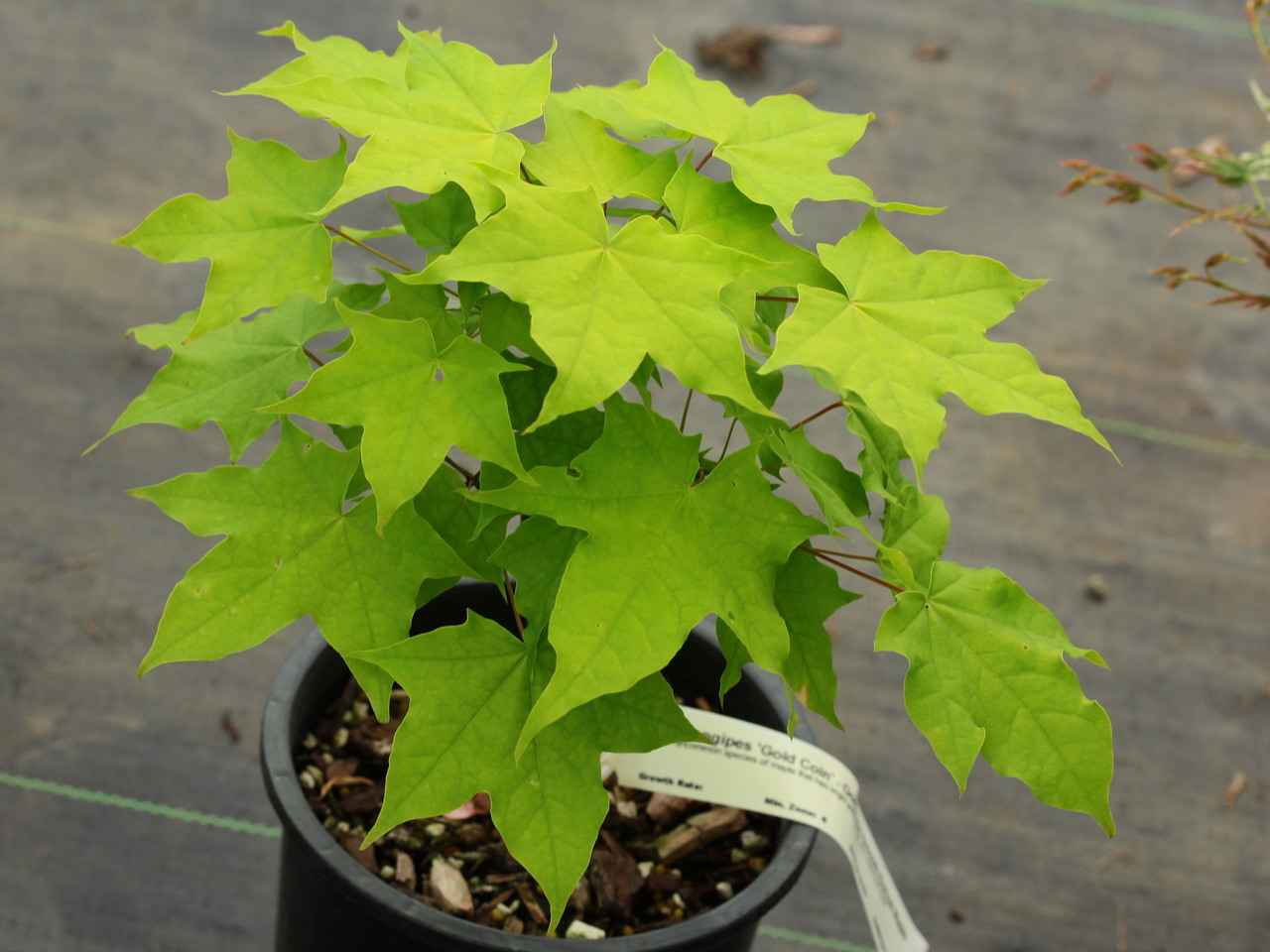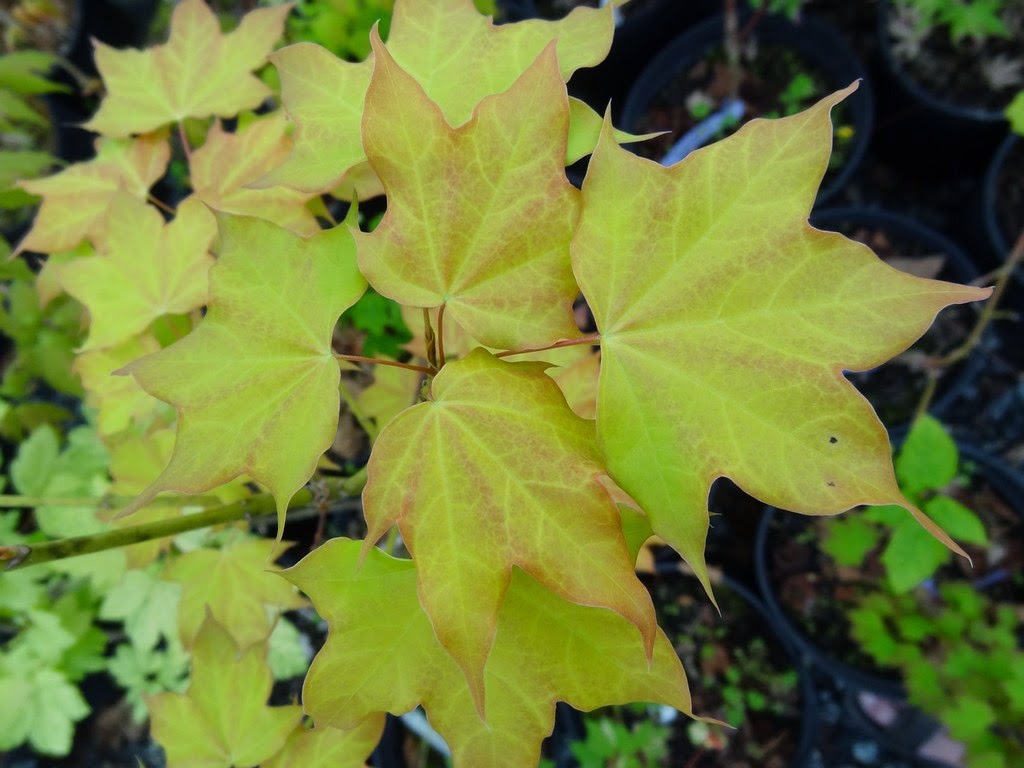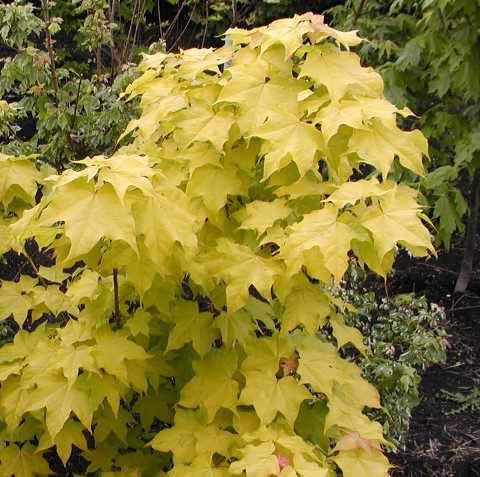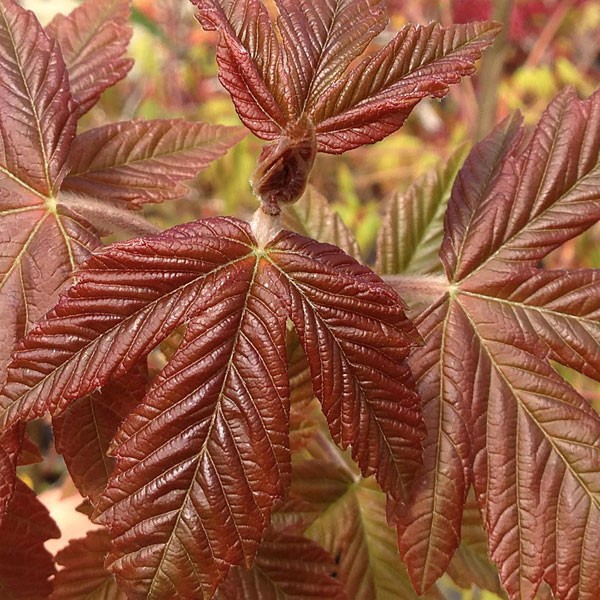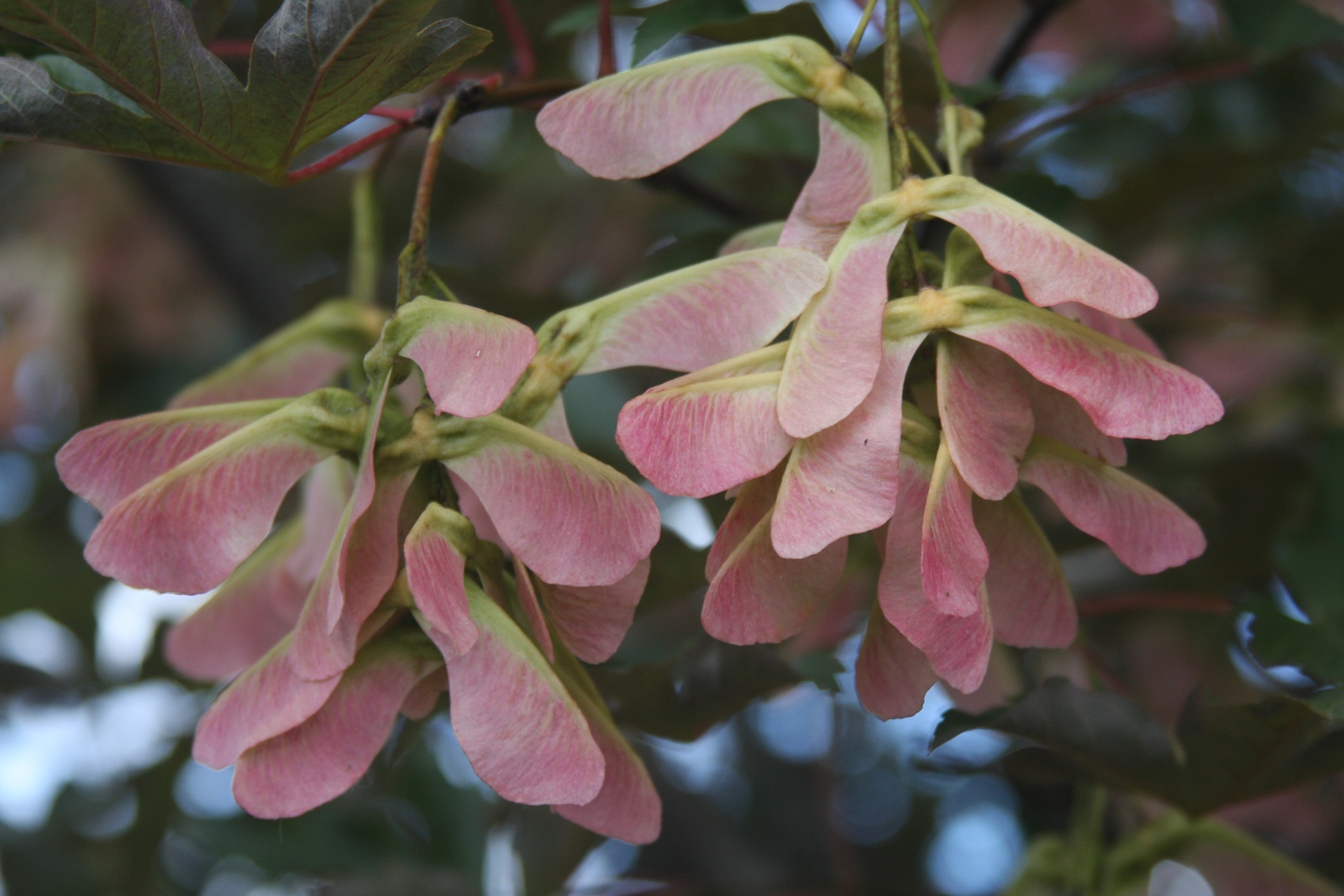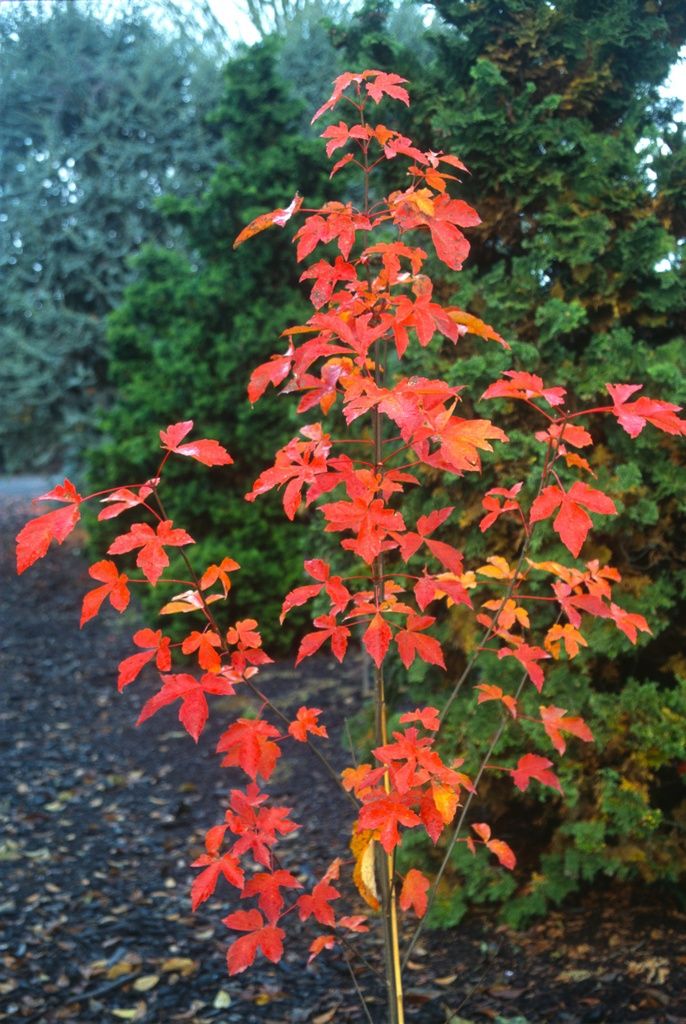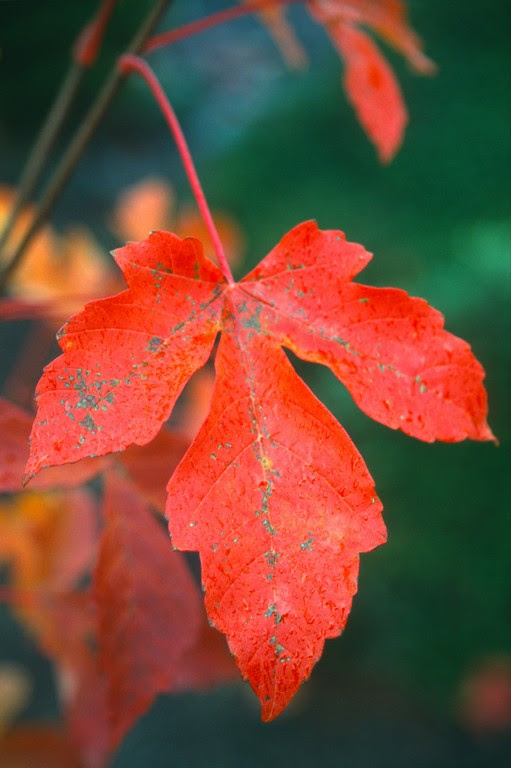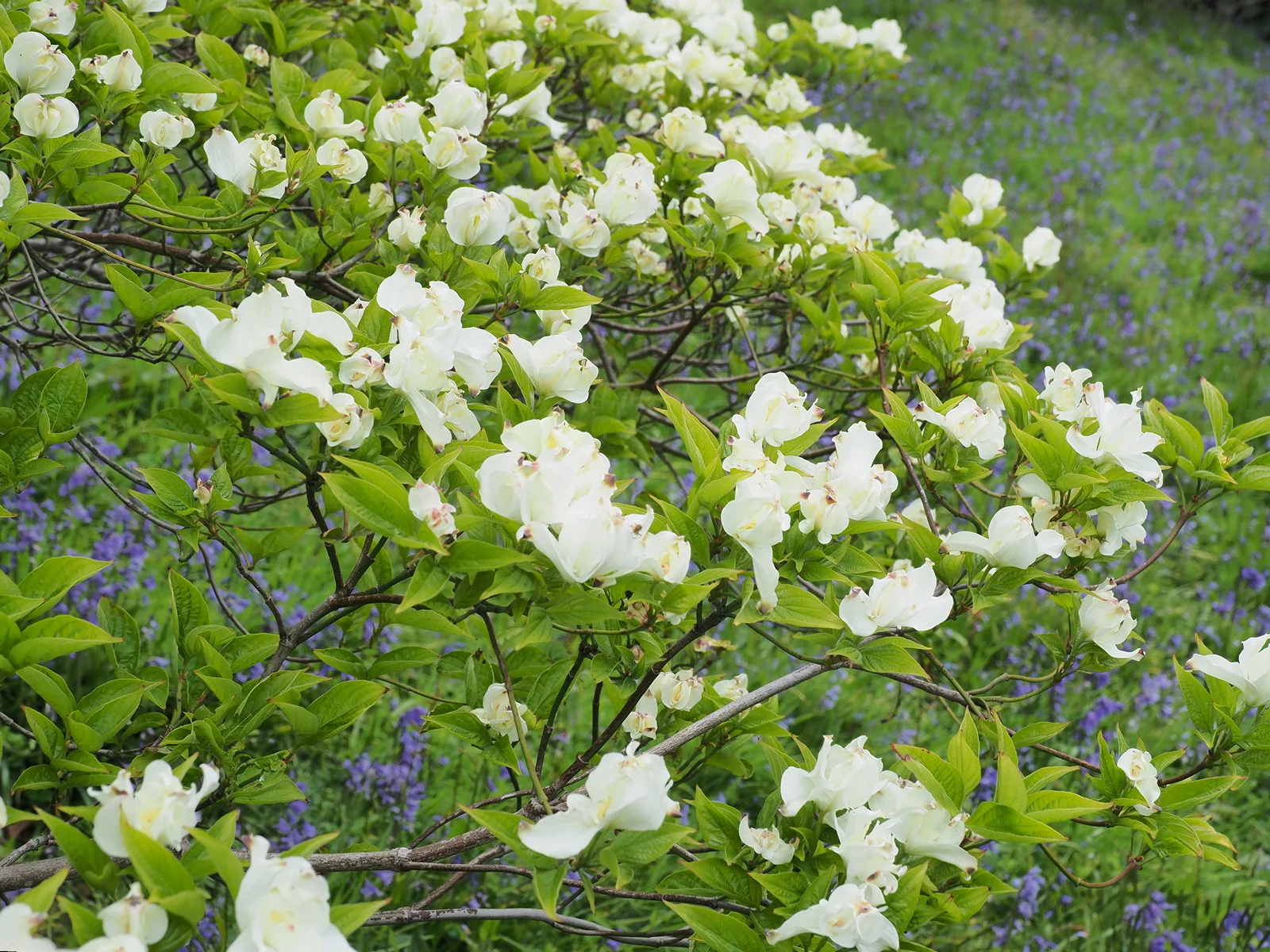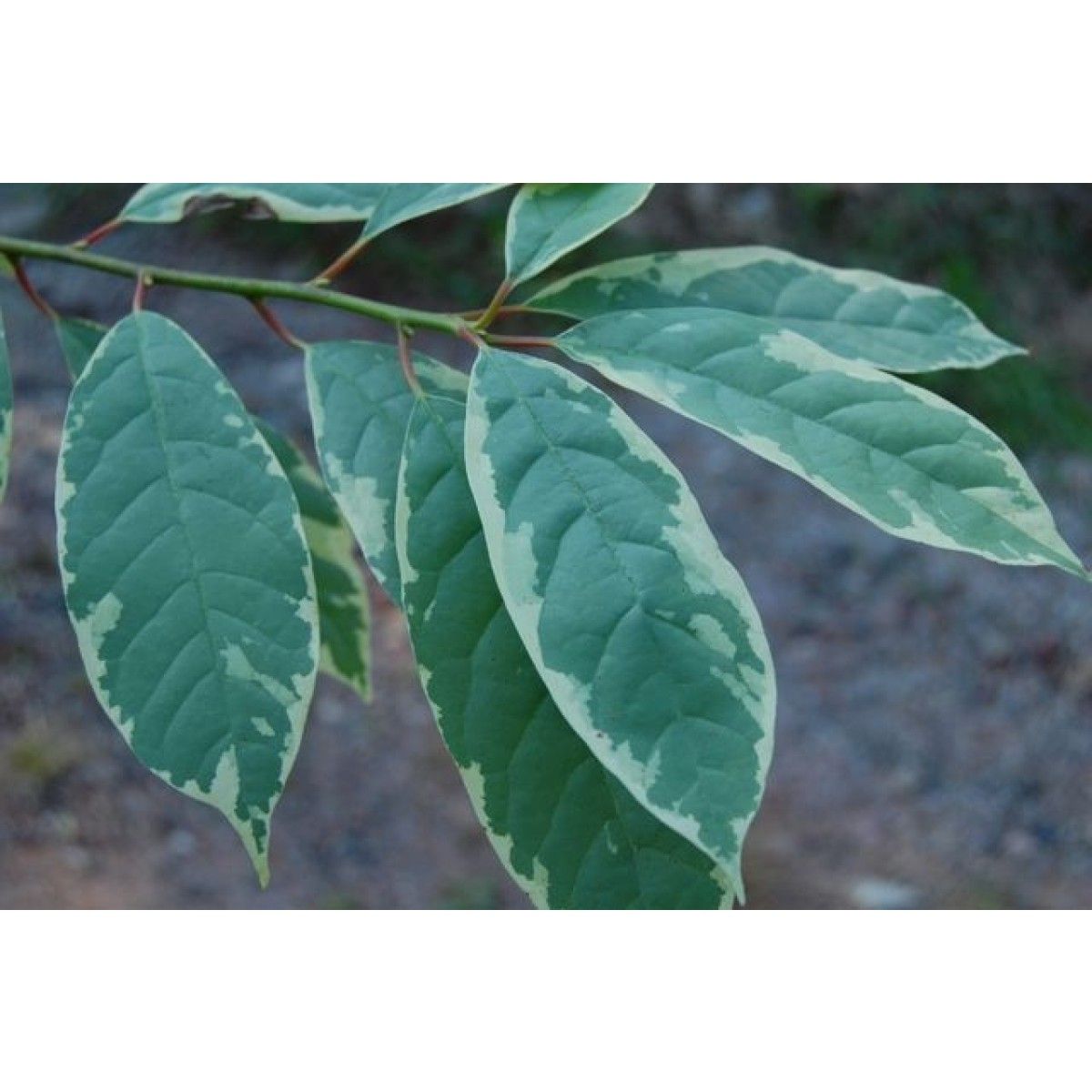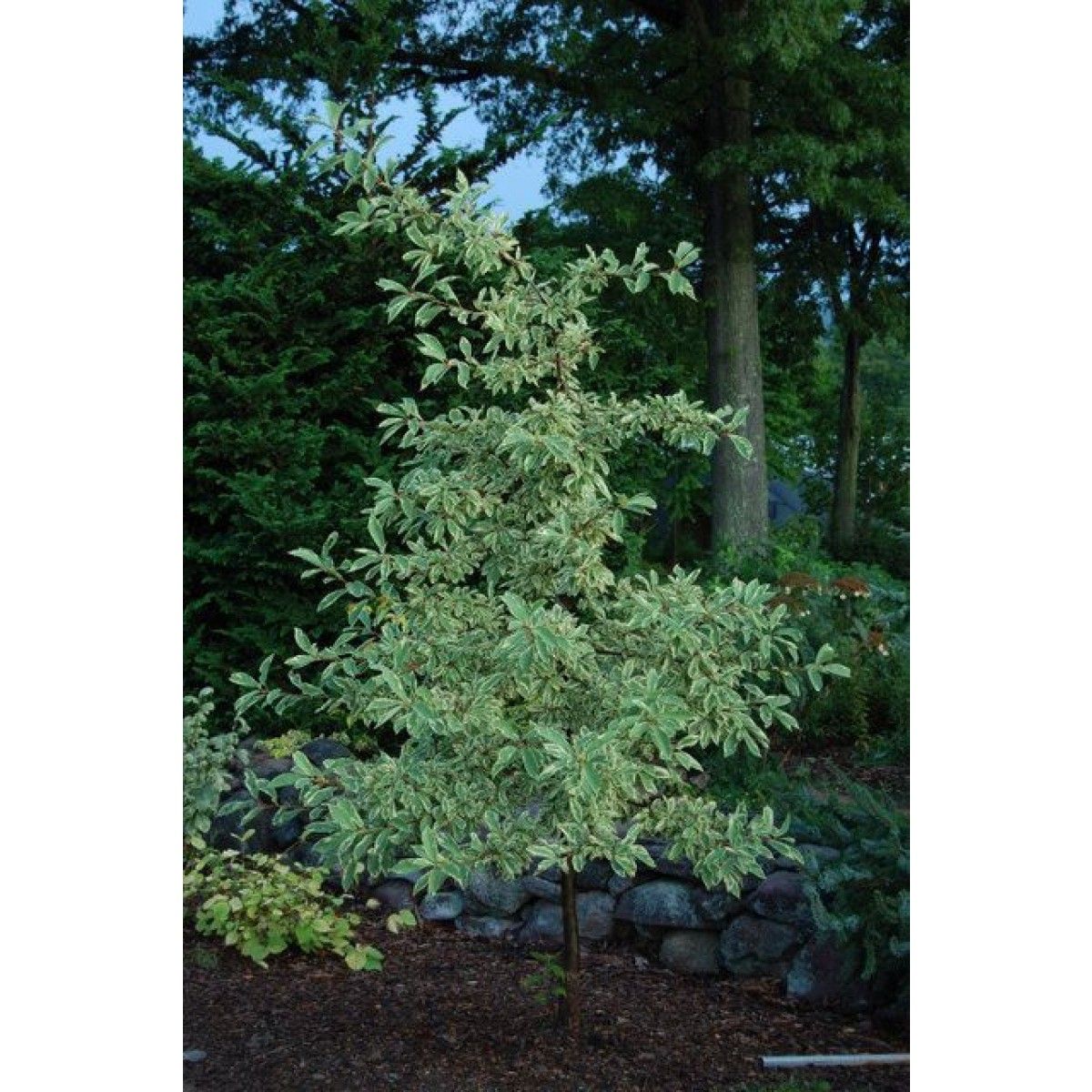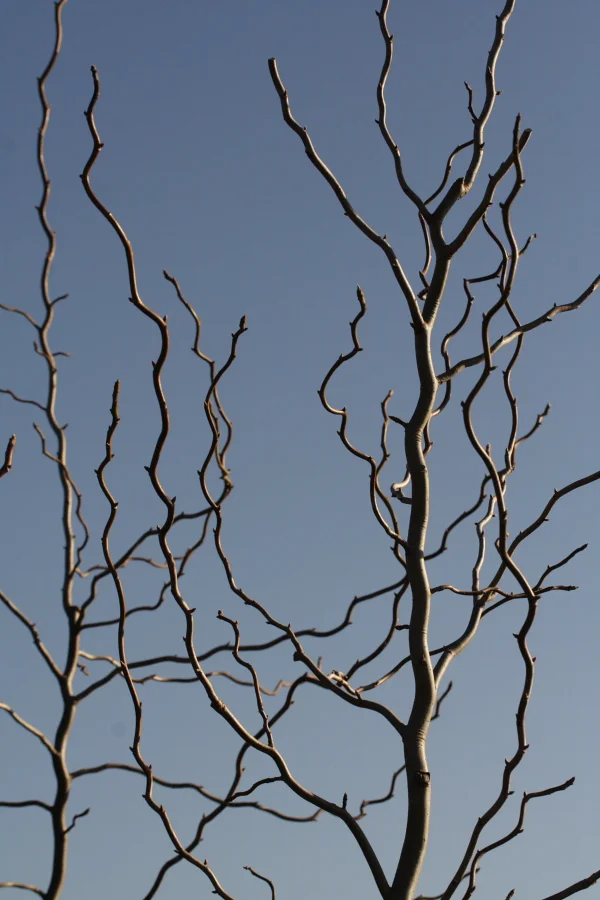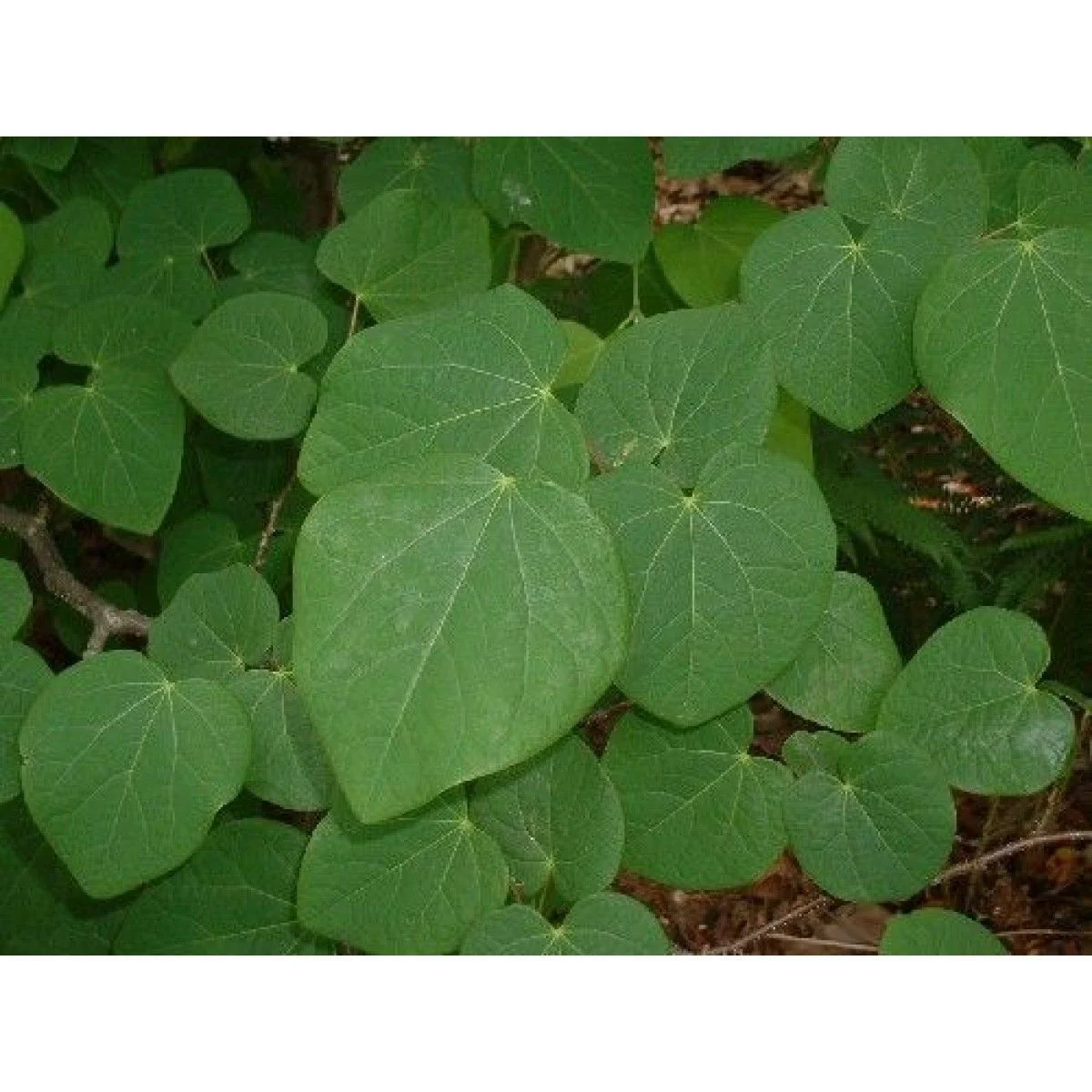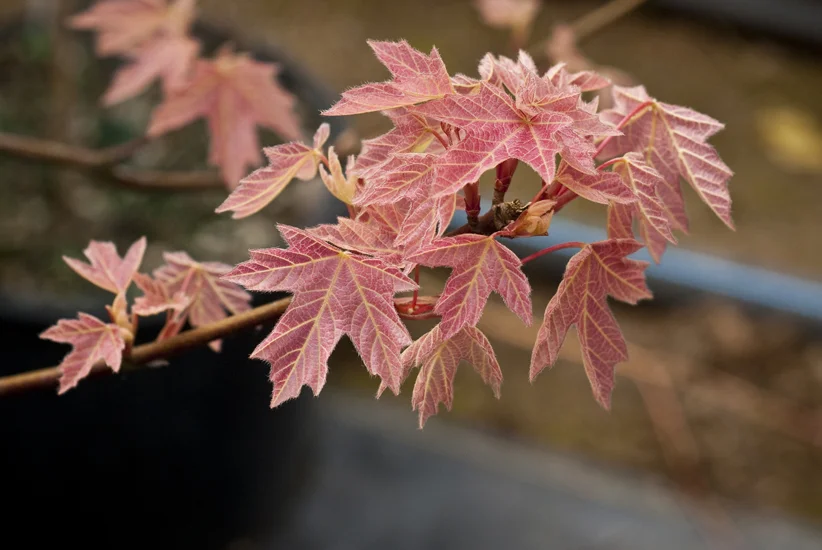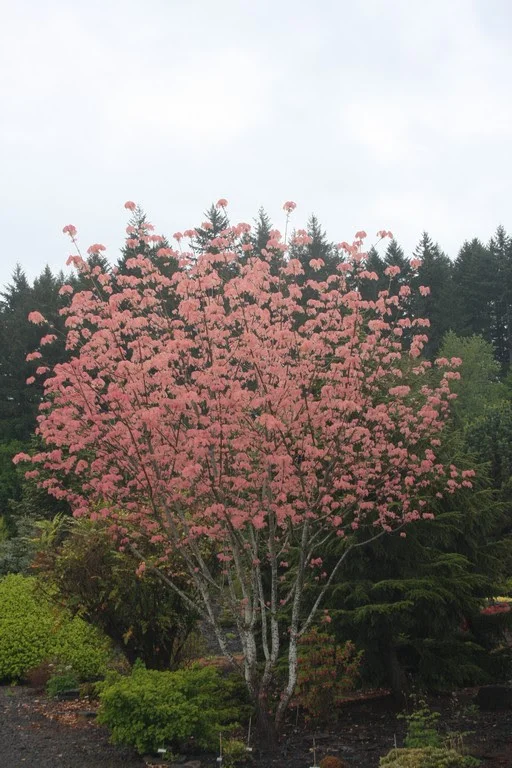PLANT GEEKS ARE US
That was the title of Adam Wheeler’s presentation at the New York Botanical Gardens earlier this month. He shared with us some of his favorites from the selection of plants that Broken Arrow Nursery propagates and sells.
Here’s how Adam Wheeler is described on the Broken Arrow Nursery website:
Adam started playing with plants at Broken Arrow in 2004 after completing his BS degree in Urban Forestry and Landscape Horticulture at the University of Vermont. His favorite responsibilities at the nursery include plant propagation and the acquisition and development of new plants. He is a past recipient of the Young Nursery Professional Award from the New England Nursery Association and is the current Vice President of the North American Maple Society. He loves to share his passion for plants through photography and educational outreach. As a result, he lectures widely on a variety of subjects and is also an adjunct lecturer at Naugatuck Valley Community College and the Berkshire Botantical Garden. With his spare time he enjoys cultivating his eclectic collection of rare and unusual plants, rock climbing and competitive giant pumpkin growing!
Also important to know: they grow their own Nursery stock - this is somewhat unusual and it provides you with (1) a great source of information about the characteristics of the plant and (2) assurance that the plant will be “hardy” in our area. I also had a look at their website and there are LOTS and LOTS of other trees and shrubs to love that they sell. I stuck a few of the ones I would go for at the end.
Broken Arrow Nursery www.brokenarrownursery.com
Here are some of the trees and shrubs Adam Wheeler highlighted: (Pictures appear below descriptions)
Acer longipes ‘Gold Coin’ (‘Gold Coin’ Chinese Maple)
“A vibrant maple offering up high glamour leaves that emerge with soft burgundy tones before quickly moving to rich golden-orange colors. The palm-shaped leaves are about 4" in diameter and hold their color deep into summer. Plants develop a shrubby canopy reaching 12-15' tall when mature. Availability has been limited due to the difficulty of propagation. That said, plants should be prized as they're certainly among the best of the gold foliage maples available.”
Acer X ‘Purple Haze’ - A hybrid of paperbark maple X sycamore maple
Purple Haze Hybrid Maple
“A curious and unexpected hybrid maple that combines the immaculate pedigree of the paperbark maple (Acer griseum) with the vigor and landscape durability of sycamore maple (A. pseudoplatanus). The result is a strong growing, non-weedy small specimen tree boasting three-lobed green leaves backed with a burgundy infused reverse. In autumn, flawless scarlet autumn tones set the garden afire. Plants can be expected to reach 15’ in height after a decade of effort and will certainly be valued for accent, flair and overall plant geekyness (not to be confused with gawkiness or gooeyness).”
Catalpa cultivars - he showed us one with burgundy leaves that is pollarded each year, making it more like a shrub with leaves larger than normal. It can also be left as a regular tree.
catalpa_x_erubescens_purpurea_pollard
Cornus cultivars - cultivars of Cornus florida, Cornus kousa and shrub forms of Cornus, including Cornus florida ‘Eternal’ pictured below :
Larix cultivars: Broken Arrow has quite a number of Larix cultivars, including several weeping variants. These variants can be trained into waterfalls, “Cousin Itts”, ground covers or combinations but apparently do need to be staked. One thing Mr. Wheeler told us that I for sure didn’t know (nor have seen) is that Larix is quite suitable as a hedge - got some pix from the internet …. - wouldn’t this be better than privet and maybe easier to manage than beech?
Magnolia cultivars - if you are a fan of magnolias, Broken Arrow has a whole lot of different varieties, including Magnolia x soulangiana 'Milliken' (Milliken Saucer Magnolia)
“A unique, compact selection found as a witches' broom by Greg Williams and Sue Milliken near Rhinebeck, NY. Plants are compact and dense with short internodes and a rounded outline. In spring they flower profusely with standard sized, whitish-pink flowers. A real gem likely found nowhere else!”
Nyssa sylvatica cultivars: (Really, should any landscape be without Black Tupelo in some form or another? I say NO)
Nyssa sylvatica 'Autumn Cascade' (Autumn Cascade Weeping Black Tupelo)
“An elegant, weeping selection that we introduced from Australia a few years back. Plants develop excellent red, orange and yellow fall color. If a tree form is preferred, some staking is required to develop and maintain a central leader.”
Nyssa sylvatica 'Sheri's Cloud’ (Sheri's Cloud Black Tupelo)
“Can you say amazing? That's what we said when we first saw this spectacular clone of black tupelo! Imagine, if you will, light green leaves edged with a bold, creamy-white margin! Add to that dazzling scarlet and hot pink, bi-colored fall color and you've successfully envisioned 'Sheri's Cloud'. A brilliant find from the wilds of Arkansas and a welcome addition to the growing selection of cultivars.”
Nyssa sylvatica 'Wildfire' (Wildfire Black Tupelo)
“A dazzling selection offering startling burgundy-red new growth that is present as long as new growth is being produced. Plants exhibit exceptional vigor and bright scarlet-red fall color.”
Nyssa sylvatica 'Zydeco Twist' (Contorted Black Tupelo)
“A distinct and downright cool black gum showcasing stems that twist and spin in all directions. They’re quite akin to Harry Lauder’s walking stick and are certainly not what most have come to expect from this fantastic species! Regardless, this is a striking plant for those looking for a fun addition to their gardens.”
Some shrubs of interest that Mr. Wheeler talked about are shown below, including a “fuzzy-leafed” hydrangea that deer may not eat (?? don’t know but I may be willing to give it a try since they don’t usually like fuzzy leaves)
Disanthus
Disanthus cercidifolius (Disanthus)
“An exceptionally choice and uncommon member of the witch hazel family. One of the most spectacular shrubs for fall color display. The blue-green, heart-shaped leaves transform to brilliant red, purple, and orange tones in late September and early October. After the foliage falls to the ground, intriguing, small, delicate reddish-purple flowers appear. Thrives in moist, acidic, well-drained soil in sun or partial shade. Makes a great addition to any woodland garden. 6-10'.”
Hydrangea aspera
Hydrangea aspera var. villosa (Rough Leaf Hydrangea)
“A hydrangea to die for that takes a step apart from the classic vision that most associate with this valuable genus. The long, oval leaves of the rough leaf hydrangea are greenish-blue and are covered with dense hairs that add a felted textural quality to the garden. In late summer, stylish lavender-mauve, lacecap flowers decorate the stems and create a thrilling display for an extended time. Like most hydrangeas, average to rich soil is preferred with consistent moisture though spring and summer. If happy, plants are vigorous growers forming a rounded framework to 10’ in height.”
Ilex verticillata ‘Sun Splash’ - a female Winterberry with gold coloring on the leaves and good fall color in the winter - would make winterberry less “boring” in the mixed border.
Salix species - many many willows are out there and are quite useful if you have the right place. Mr. Wheeler highlighted two willows: Silver Creeping Willow (he showed an area next to a parking lot that looked like it would be miserable lonely but was planted with a mass of creeping willow that looked beautiful and healthy and he said it was “care-free) and ‘Mt. Also’ Giant Pussy Willow - just look at the pictures of the catkins shown below and then imagine this mixed in with Black Pussy Willow - ooh la la!
Salix areneria (Salix repens ‘Arenaria’) (Silver Creeping Willow)
“A choice willow that develops a low mounding form of finely textured, felted, silver-gray leaves. Plants prefer moist locations in full sun and make ideal contrast elements at the front of a border or at the edge of a pond. 18”x 4’”
Salix gracilistyla ‘Mt. Aso’ (‘Mt. Asama’) (Mt. Aso Giant Pussy Willow)
“Magic to behold in spring when the glowing, rich-pink, felted catkins emerge from winter’s rest. The vigorous, 12-15’ male shrubs provide ample display in the garden and are equally impressive when used for cut branches. Attractive, blue-cast foliage adds color and presence to the landscape during the remainder of the growing season. This plant was previously thought to be a selection of Salix chaenomeloides but is more correctly listed as a selection of S. gracilistyla.”
Some other plants that I saw on the Broken Arrow website and that I covet based on pictures and descriptions:
Acer macrophyllum ‘Mocha Rose’ - a big leaf maple cultivar that seems to look ghostly and beautiful in the spring and reportedly has good fall color - but the main thing is I have never seen a tree that looks like this!
Acer pensylvanicum 'Erythrocladum' (Erythrocladum Striped Maple, Moosewood)
“A choice and unique selection of striped maple that is rarely offered due to its difficulty in propagation. Typical green and white-striped branches are present during warmer months. However, as cold weather commences the green portions of the branches turn spectacular shades of crimson-scarlet. The effect is amazing when set-off by fresh snowfall.”
Acer x conspicuum 'Phoenix' (Phoenix Maple)
“A show stopping maple forming a medium-sized shrub or small tree with glowing, white-striped, fire engine red winter twigs. One of the most striking plants in winter.”
“Conspicuum”: indeed!
Seems to give ‘Sango Kaku’ a run for its money!
